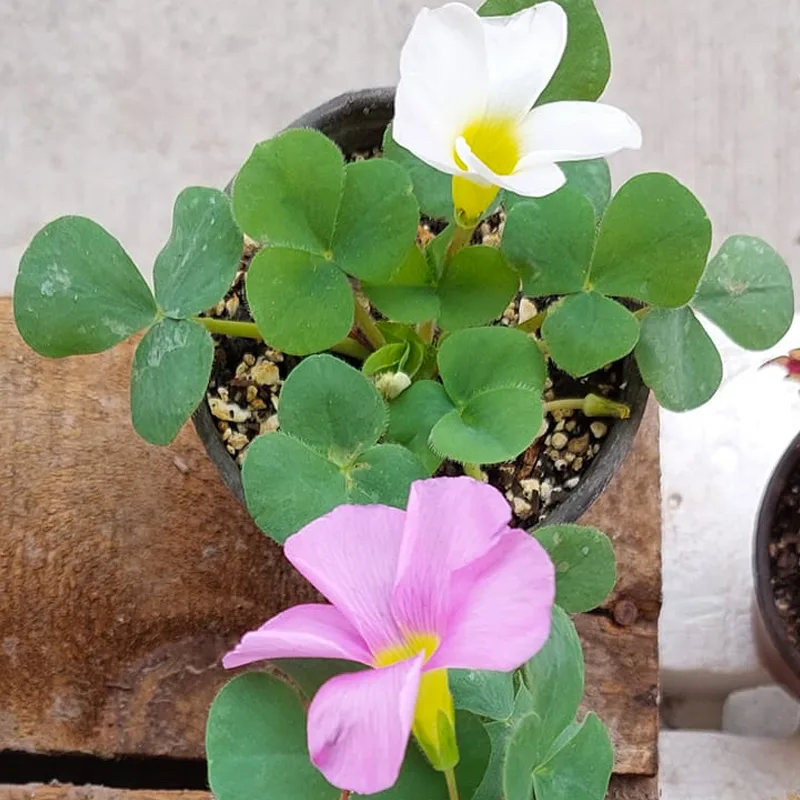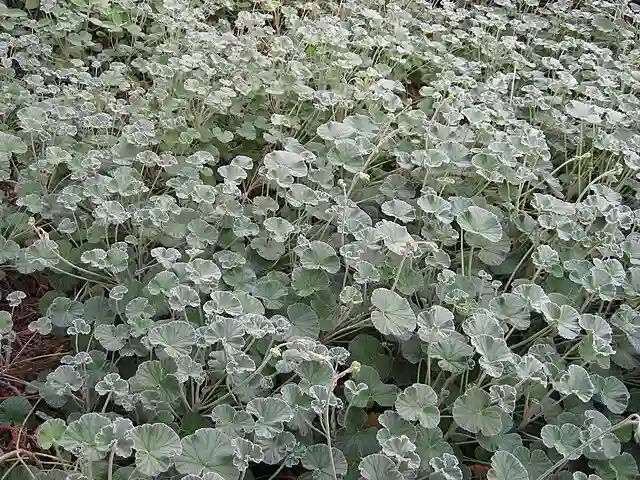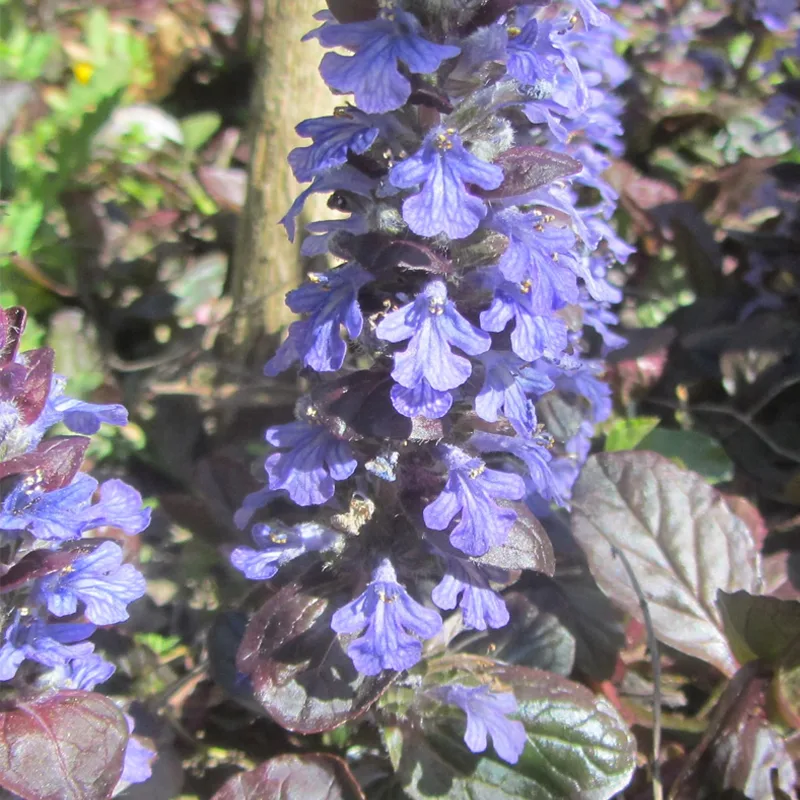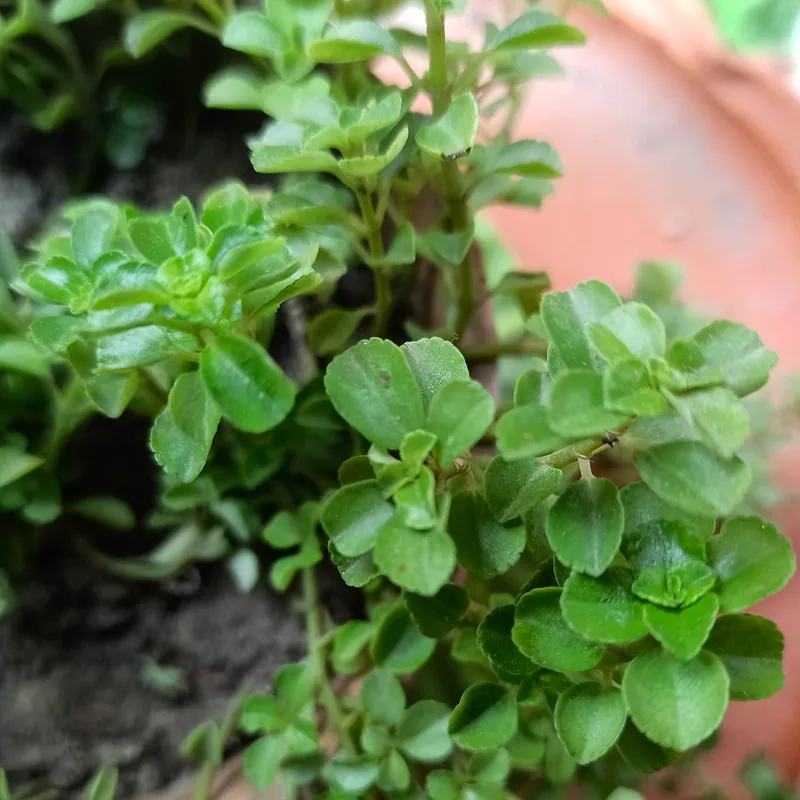What is Myoporum parvifolium?
For those seeking a fuss-free and attractive addition to their garden, look no further than Myoporum parvifolium, also known as creeping boobialla, creeping myoporum, or dwarf native myrtle. This resilient Aussie native has stolen a place in my heart (and garden) with its low-growing form, beautiful flowers, and adaptability.
Over the years, I’ve learned a lot about caring for this little gem, and I’m excited to share my experience with you. In this guide, we’ll delve into everything you need to know about Myoporum parvifolium, from planting and care to its suitability for your garden and some interesting facts.
36 Species in Genus Myoporum
Myoporum Parvifolium vs Parviflora
I’ve found Myoporum parvifolium to be a vigorous ground cover with a lush, dense appearance, perfect for quickly filling in spaces, while Myoporum parviflora has a slightly more delicate look with its finer foliage and a more restrained growth habit, making it a great choice for more controlled landscaping or as a subtle accent plant.
How to plant Myoporum parvifolium?
Planting Myoporum parvifolium is a breeze. Here’s what you’ll need:
- Choosing the right spot: This little sun worshiper thrives in full sun locations. It can tolerate some light shade, but flowering might be less prolific.
- Soil preparation: Myoporum parvifolium isn’t picky about soil type. Well-drained soil is key, so if your garden bed is on the heavy side, consider adding some sand or composted bark to improve drainage.
- Planting time: Any time is a good time to plant Myoporum parvifolium, but spring and autumn are ideal when the weather is mild.
Planting steps:
- Dig a hole slightly larger than the plant’s root ball.
- Gently loosen the roots of the plant.
- Place the plant in the hole and ensure the root ball sits level with the surrounding soil.
- Backfill the hole with soil, pressing gently to remove air pockets.
- Water thoroughly to settle the soil around the roots.
Is Myoporum Parvifolium Deer Resistant?
Absolutely! Deer tend to avoid Myoporum parvifolium, making it a great choice for gardens frequented by these browsing herbivores.
Is Myoporum Parvifolium Poisonous?
This is a good question, especially for those with curious pets or young children. While some Myoporum species can be mildly toxic, Myoporum parvifolium is generally considered safe for humans and pets. However, it’s always best to err on the side of caution and avoid ingesting any part of the plant.
How to Care for Myoporum Parvifolium?
The beauty of Myoporum parvifolium lies in its low-maintenance nature. Here’s what minimal care it requires:
- Watering: Once established, Myoporum parvifolium is drought tolerant. Occasional deep watering during extended dry periods is sufficient.
- Pruning: While not essential, light pruning can help maintain its shape and encourage bushier growth. Prune after flowering has finished.
- Fertilizing: Feeding isn’t necessary for healthy growth. A light application of slow-release fertilizer in spring can be beneficial, but avoid over-fertilizing.
How Long Does Myoporum Parvifolium Live?
Myoporum parvifolium is a long-lasting plant, with some specimens known to thrive for decades with proper care.
Do Rabbits Eat Myoporum Parvifolium?
While deer tend to stay clear, rabbits might find the new foliage of Myoporum parvifolium tempting. Here are some deterrents you can try: chicken wire fencing, commercial repellents, or planting rabbit-resistant companion plants like rosemary or lavender.
What to Plant with Myoporum Parvifolium?
Creeping boobialla’s versatility makes it a great companion for various plants. Here are a few ideas:
- Low-growing perennials: Kangaroo paws, grevilleas, and other Aussie natives create a vibrant and water-wise display.
- Succulents: The contrasting textures and colors of succulents like echeveria and sedum add visual interest.
- Grasses: Ornamental grasses like Lomandra provide a touch of movement and softness.
Where to Buy Myoporum Parvifolium?
Finding Myoporum parvifolium is relatively easy. Look for it at local nurseries specializing in native plants. You might also find it online through reputable plant retailers.
By following these simple tips, you can enjoy the beauty and ease of Myoporum parvifolium in your garden for years to come. This little Aussie native is a true gem, offering year-round visual appeal with minimal effort. So, why not give it a try?
If i die, water my plants!



